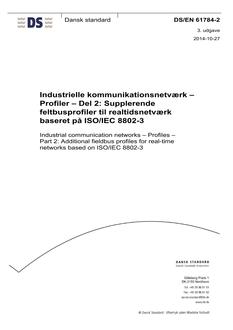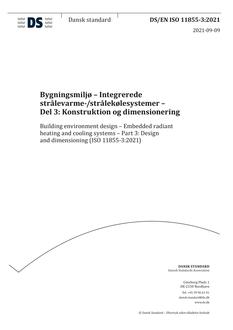-
-
Available Formats
- Availability
- Priced From ( in USD )
-
Available Formats
-
- Immediate download
- $110.00
- Add to Cart
-
- Printed Edition
- Ships in 1-2 business days
- $110.00
- Add to Cart
Customers Who Bought This Also Bought
-

DANSK DS/EN 3155-017
Priced From $44.00 -

DANSK DS/EN 61784-2
Priced From $206.00 -

DANSK DS/EN ISO 11855-3
Priced From $75.00 -

DANSK DS/EN 809 + A1
Priced From $64.00
About This Item
Full Description
This International Standard defines a method to describe the geometry of a feature that moves as a rigid body. Such movement has the following characteristics. a) The feature moves within any domain composed of spatial objects as specified in ISO 19107. b) The feature may move along a planned route, but it may deviate from the planned route. c) Motion may be influenced by physical forces, such as orbital, gravitational, or inertial forces. d) Motion of a feature may influence or be influenced by other features, for example: 1) The moving feature might follow a predefined route (e.g. road), perhaps part of a network, and might change routes at known points (e.g. bus stops, waypoints). 2) Two or more moving features may be "pulled" together or pushed apart (e.g. an airplane will be refuelled during flight, a predator detects and tracks a prey, refugee groups join forces). 3) Two or more moving features may be constrained to maintain a given spatial relationship for some period (e.g. tractor and trailer, convoy). This International Standard does not address other types of change to the feature. Examples of changes that are not adressed include the following: . The deformation of features. . The succession of either features or their associations. . The change of non-spatial attributes of features. . The feature's geometric representation cannot be embedded in a geometric complex that contains the geometric representations of other features, since this would require the other features' representations to be updated as the feature moves. Because this International Standard is concerned with the geometric description of feature movement, it does not specify a mechanism for describing feature motion in terms of geographic identifiers. This is done, in part, in ISO 19133.





